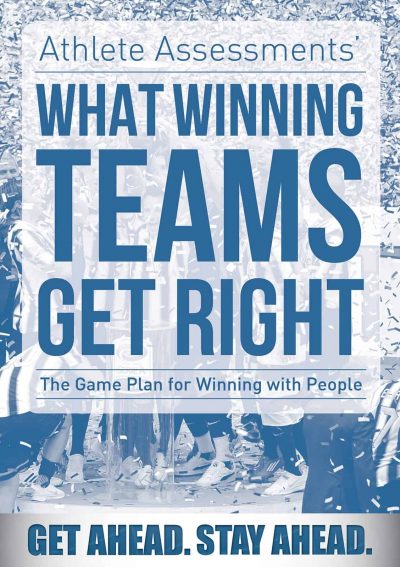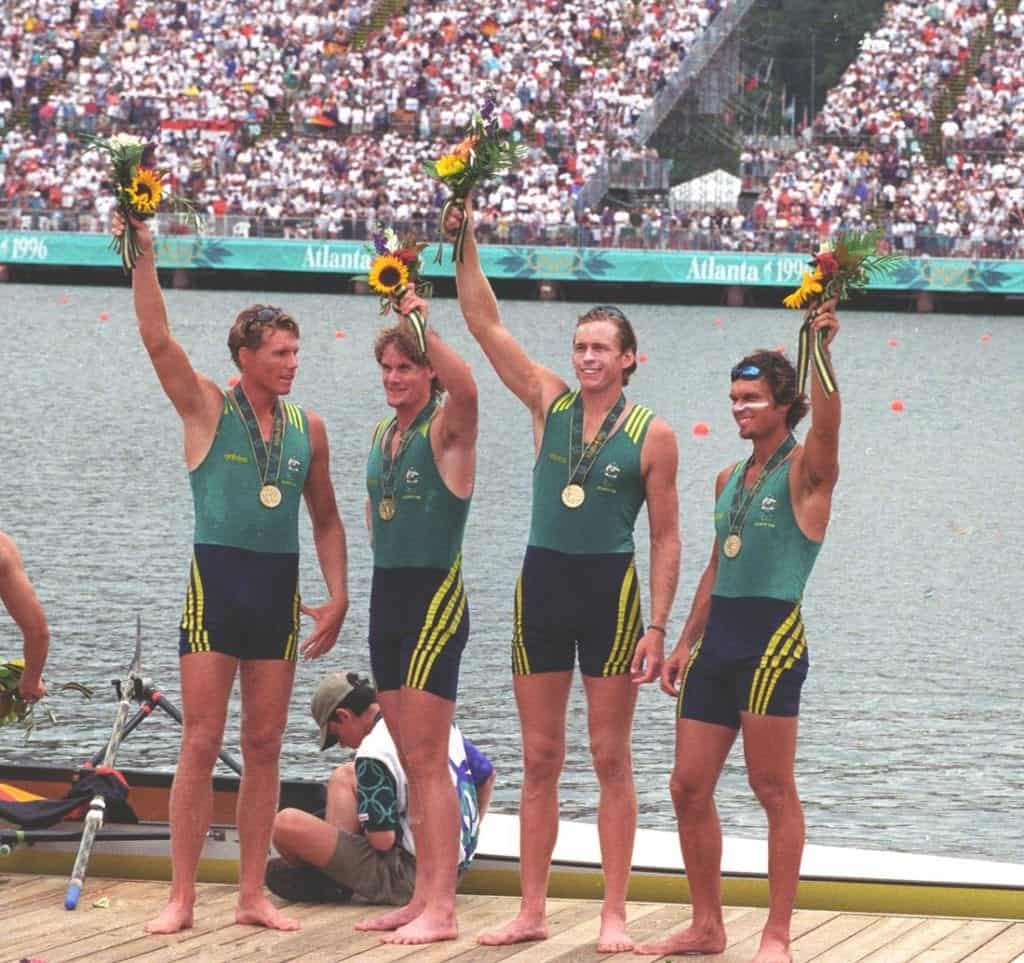By Liz Masen – Client Director at Athlete Assessments
One of the recurring questions I hear from coaches is about how to get the quiet athletes to participate more – especially in team meetings. You know the quiet athletes I mean, they sit there and watch you (or not) but it is like pulling teeth to get them to speak up. It can be made more challenging if it is a large group at the meeting, or if more dominant athletes are quick to jump in when any contribution is called for. Sometimes it can be the younger or newer athletes to the group who are hesitant to say something that brings attention to themselves.

One of our US College coach clients recommended the book ‘The Checklist Manifesto’ by Atul Gawande to me, which I’ve been enjoying reading. With the recommendation, he did warn me it had little to do with coaching, but that he’d got some great ideas from it. And it was in reading this book that sparked my idea about helping the quieter, younger, newer athletes to speak up in team meetings.
Here’s the section of the book (page 108) I’m referring to and I’ve bolded the last part for my emphasis:
“There have been psychology studies in various fields backing up what should have been self-evident – people who don’t know one another’s names don’t work together nearly as well as those who do. And Brian Sexton, The Johns Hopkins psychologist, had done studies showing the same in operating rooms. In one, he and his research team buttonholed surgical staff members outside their operating rooms and asked them two questions: how would they rate the level of communication during the operation they had just finished and what were the names of the other staff members on the team? The researchers learned that about half the time the staff did not know one another’s names. When they did, however, the communications ratings jumped significantly.
The investigators at Johns Hopkins and elsewhere had also observed that when nurses were given a chance to say their names and mention concerns at the beginning of a case, they were more likely to note problems and offer solutions. The researchers called it an ‘activation phenomenon”. Giving people a chance to say something at the start seemed to activate their sense of participation and responsibility and their willingness to speak up.”
In some ways, I can imagine that a young or new athlete coming into an established team or squad of athletes that includes some high-profile, idolized players, could feel a little bit like what a nurse may feel around top surgeons. The activation phenomenon described in the above passage is like an ‘ice breaker’. Do you start each team meeting with an ice breaker including everyone present? It can be tempting to skip this step to save time but it might be missing the ‘activation phenomenon’ which makes the meeting much more effective.
Obviously, it would be a bit funny to ask everyone in the team meeting to say their name if everyone already knew each other, but you could use this idea to improve participation and willingness to speak up. Here are some useful suggestions:
- If there is anyone new at the meeting – use this as an excuse for each person to quickly say their name and team position in a few words (set the number of words so the “over-talkers” don’t hijack the time, or choose the order people speak so that the over-talkers are last).
- Start each meeting with a quick ‘check in’ with each person – for example, ask each person in the room to say in a few words where their ‘head space’ is right now.
- Start each meeting with a quick ‘in 5 words tell me ….’ (for example, this could be what went well in training, what they were most proud of about the last game, race, performance… what they had for breakfast… anything really and you could make it fun).
- Often it is productive to have the group of athletes pair up and share their thoughts prior to being asked to speak in front of the whole group.
- I’ve seen at the Post Office some little card packs which include a fun selection of random ‘conversation starters’, use something like this.
Bottom line…use your imagination. It is critical all athletes feel they are welcome to make a contribution. As coaches, we are to create the type of environment where athletes feel comfortable to make a contribution.
I trust this coaching tip is useful. I’d love for you to try this out a couple of times and let me know if you think it made any difference to getting the quiet athletes to speak up.





